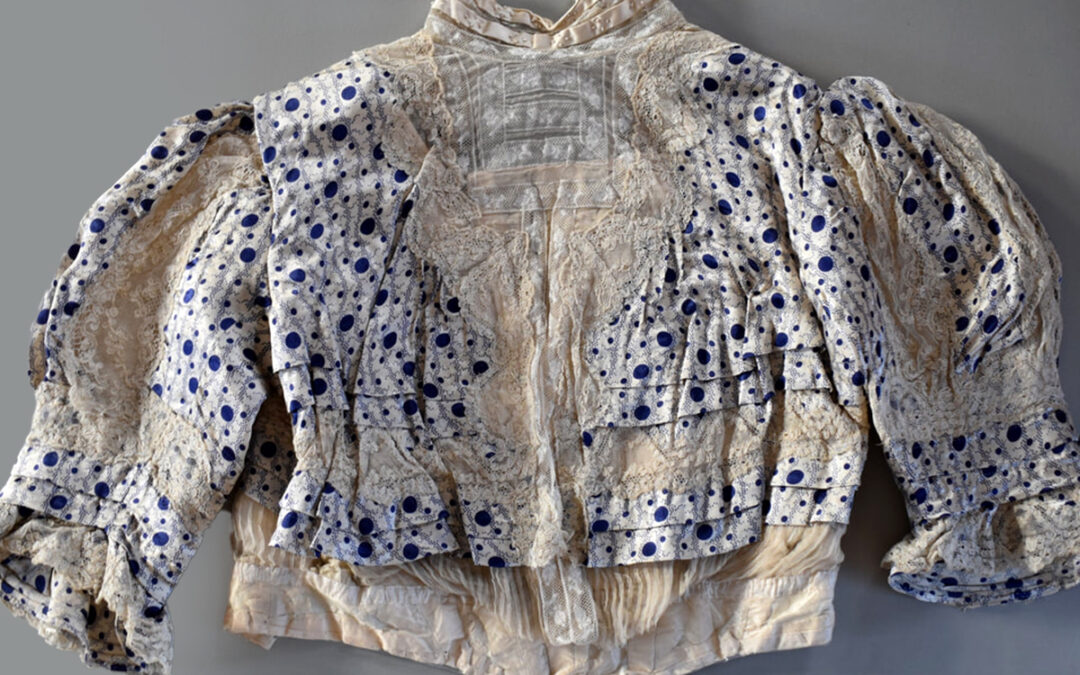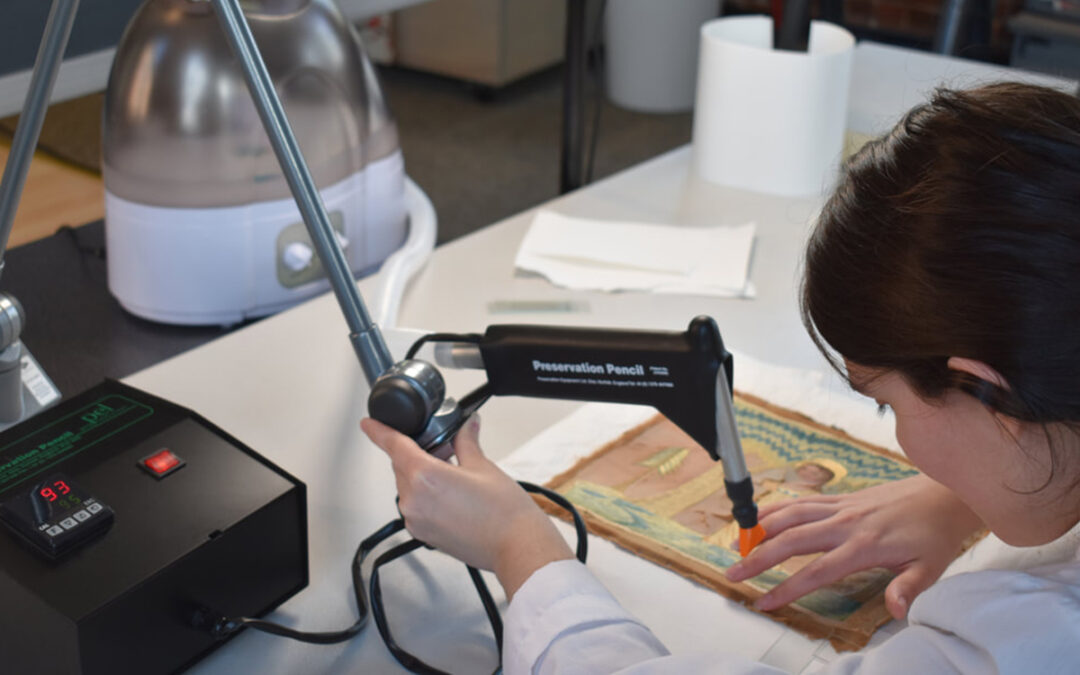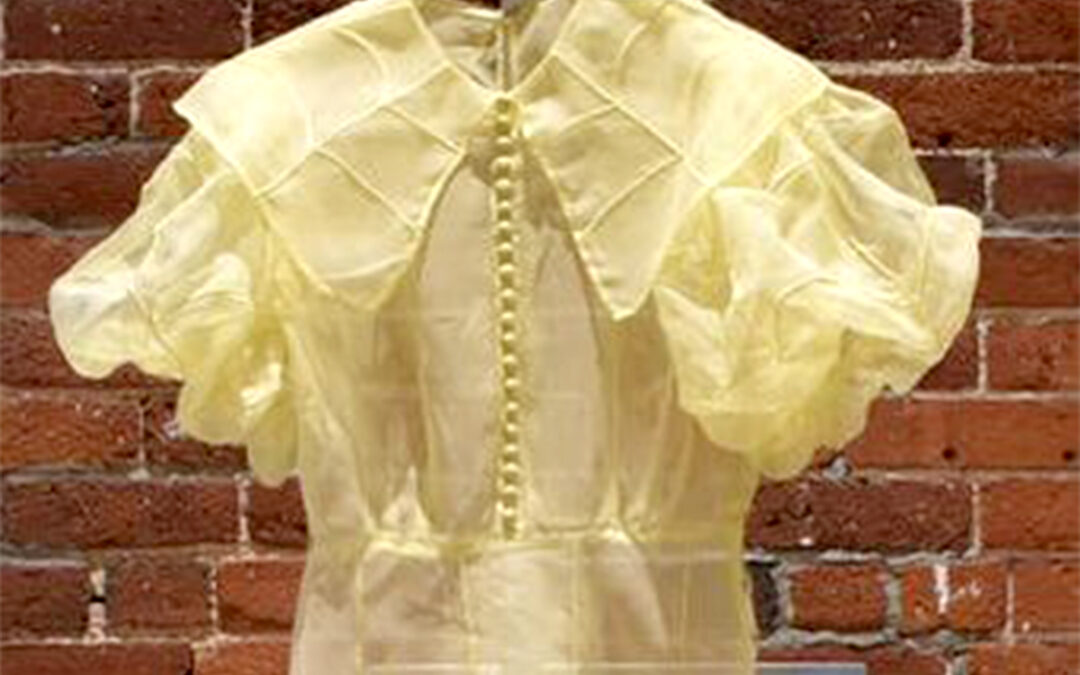Over recent years there have been many natural disasters that have impacted museums and other historic sites (i.e. flood at the Louvre in 2017, fires at the National Museum of Brazil (2018) and Notre Dame Cathedral in 2019). While most natural disasters result in...

How a Natural Disaster saved a Historic Dress
read more



